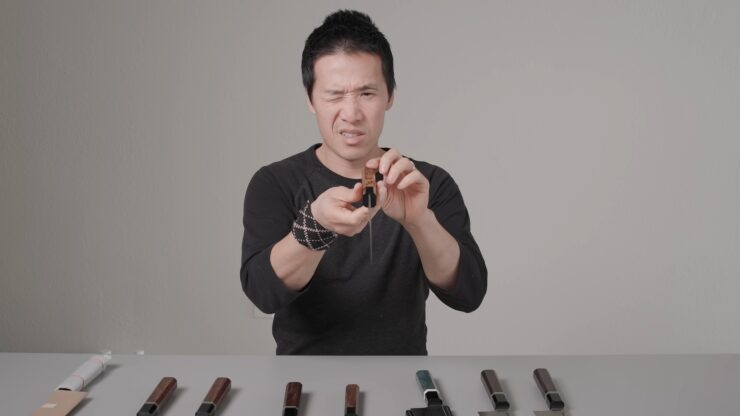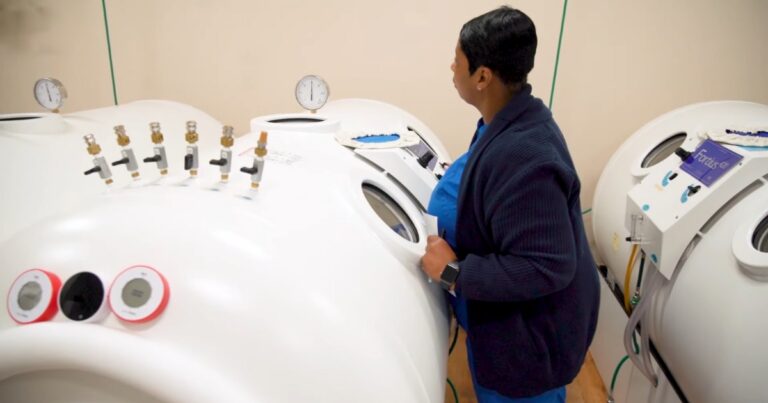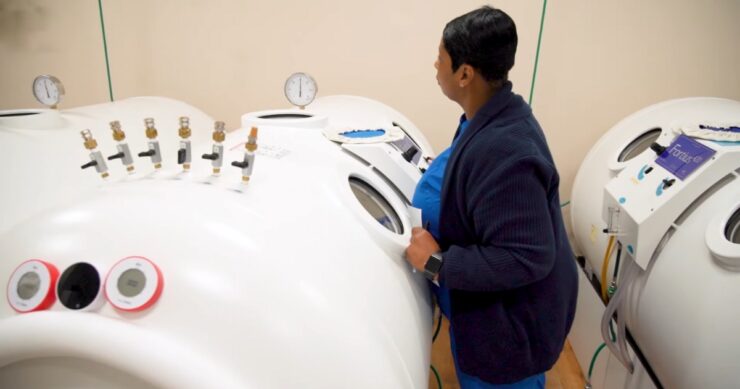Sharp knives are not just a culinary preference; they are a necessity for safety and efficiency in the kitchen. A well-sharpened knife ensures precise cuts, reduces the effort needed for slicing, and minimizes the risk of accidents that often occur with dull blades. In contrast, a blunt knife can squish, tear, and damage the ingredients, making cooking a tedious and hazardous task.
This guide is designed to provide you with easy, yet effective methods to assess the sharpness of your knives. By doing so, you’ll ensure that your cooking experience is both safe and enjoyable, your ingredients are beautifully presented, and you maintain the longevity of your knives.
Tools You’ll Need for Knife Sharpness Testing
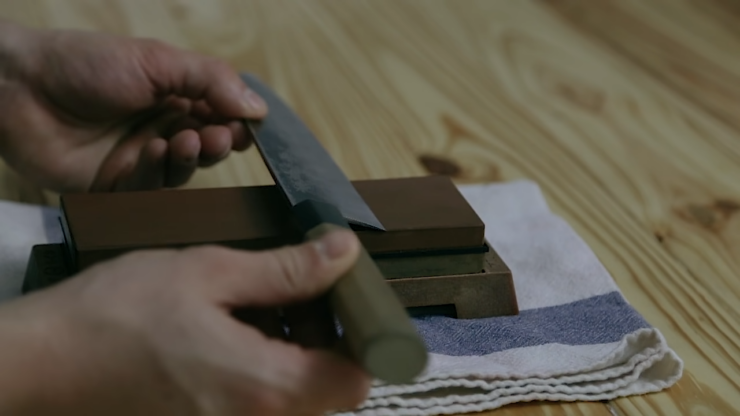
To effectively test the sharpness of your knives, you will need some basic, easily accessible tools. These include a piece of paper, a ripe tomato, an onion, a lemon, a potato, a single strand of hair, and a cloth. Each of these items will be used in different tests that collectively evaluate the sharpness of your knife.
The paper is for a quick sharpness check, while the food items like tomatoes and onions will help assess the knife’s precision and slicing ability. The hair and cloth are for more advanced sharpness examinations. These simple tools are chosen for their ability to reveal different aspects of your knife’s performance, ensuring a comprehensive evaluation.
Step-by-Step Guide to Testing Knife Sharpness
To accurately test your knife’s sharpness, follow a structured approach using the tools mentioned. Begin with the paper test to get an initial gauge of sharpness. Then, proceed to food-based examinations with the tomato, onion, lemon, and potato, each revealing specific details about the knife’s cutting ability.
The tomato test assesses the blade’s precision, the onion test evaluates smoothness and control, the lemon examination checks for fine edge sharpness, and the potato test looks at the blade’s versatility.
Finally, the hair and cloth tests provide a nuanced understanding of the knife’s edge, with the hair test being a true testament to precision and the cloth examination identifying any jagged edges. This comprehensive process ensures you thoroughly understand your knife’s condition. For in-depth knowledge on knives and knife sharpness visit this website.
The Paper Test: A Quick Check for Sharpness
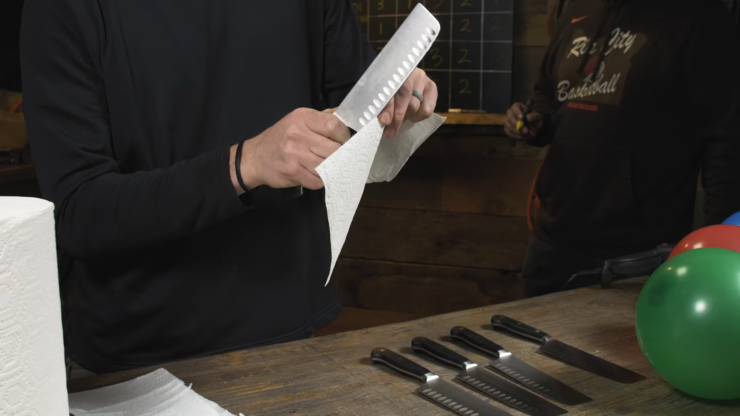
The paper test is a straightforward way to check your knife’s sharpness. Hold a piece of paper upright and slice through it with the knife. A sharp knife should cut smoothly and easily without tearing the paper.
If the knife snags or fails to cut cleanly, it indicates dullness. This examination is effective because it requires a fine edge to slice through the paper without any downward pressure. It’s a quick, initial move that can be done regularly to monitor the sharpness of your knives.
The Tomato Test: Assessing Precision and Slicing Ability
The tomato test is excellent for evaluating a knife’s precision. Tomatoes have delicate skin that requires a sharp blade to slice through without squishing the fruit. Gently press the knife against the tomato’s skin and pull it across.
A sharp knife will slice through the skin effortlessly, leaving a clean cut. This examination is crucial because it demonstrates the knife’s ability to handle delicate tasks, essential for fine cooking and presentation.
The Onion Test: Evaluating Smoothness and Control
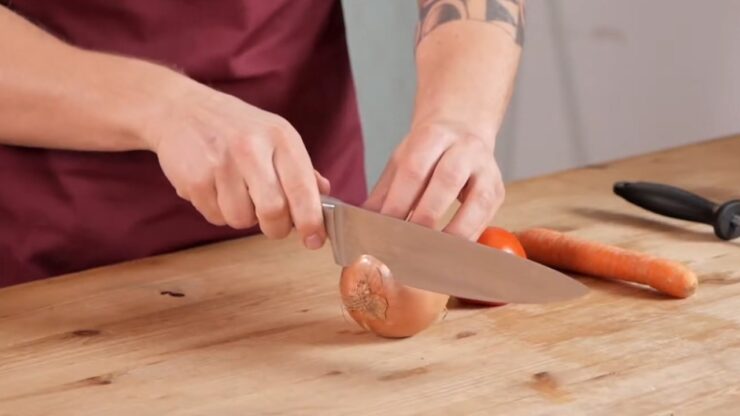
Testing knife sharpness on an onion assesses the smoothness and control of the blade. An onion’s layers and firm texture require a sharp knife for clean, non-tear cuts.
Start by slicing the onion; a sharp knife should glide through with minimal effort and not slip off the onion’s surface. This examination is particularly important for understanding how the knife performs under more resistant textures, which is key for precise and safe chopping.
The Lemon Test: Measuring Fine Edge Sharpness
The lemon test measures the fine-edge sharpness of your knife. The acidic juice and the tough skin of a lemon pose a unique challenge. Slice the lemon and observe the ease of the cut and the neatness of the lemon slices.
A sharp knife will make a clean cut without crushing the lemon, keeping the juice intact. This examination is vital for assessing how well your knife can handle acidic and tough-skinned fruits, a common task in many recipes.
The Potato Test: Assessing Blade Versatility
The potato test is designed to assess your knife’s versatility. Potatoes have a starchy, dense texture that requires a sharp and versatile blade to slice or dice effectively. Try slicing and dicing a potato; a sharp knife should make the process smooth and effortless.
If the knife struggles or gets stuck, it indicates a lack of sharpness. This test is essential as it shows how the knife performs with denser, more substantial food items.
The Hair Test: A Precision Test for Sharpness
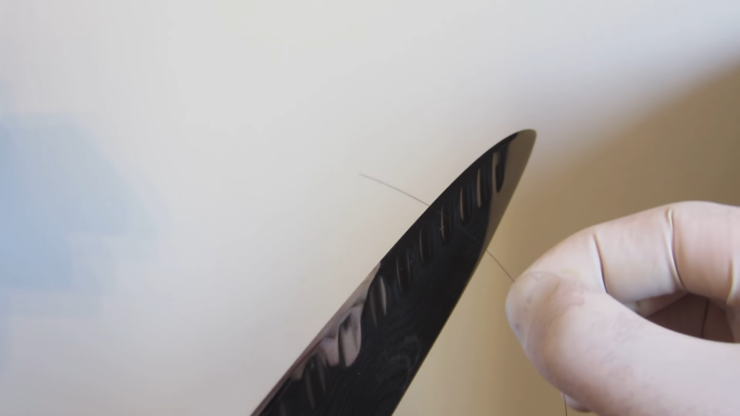
The hair test is a high-precision test for knife sharpness. Hold a single strand of hair and attempt to cut it with the knife’s edge. This examination is challenging and requires the knife to be extremely sharp.
If the knife can slice through the hair, it is exceptionally sharp. This test is not commonly used in the kitchen but is an excellent indicator of the knife’s ultimate sharpness and precision.
The Cloth Test: Checking for Jagged Edges
The cloth test is useful for checking for any jagged edges on the knife’s blade. Gently run the blade across a piece of cloth. A sharp knife with a smooth edge will not snag the cloth.
If the cloth catches our tears, it indicates rough spots or nicks in the blade. This examination is important for ensuring the smoothness of the knife’s edge, crucial for a consistent cutting experience.
Maintaining Knife Sharpness: Tips and Tricks
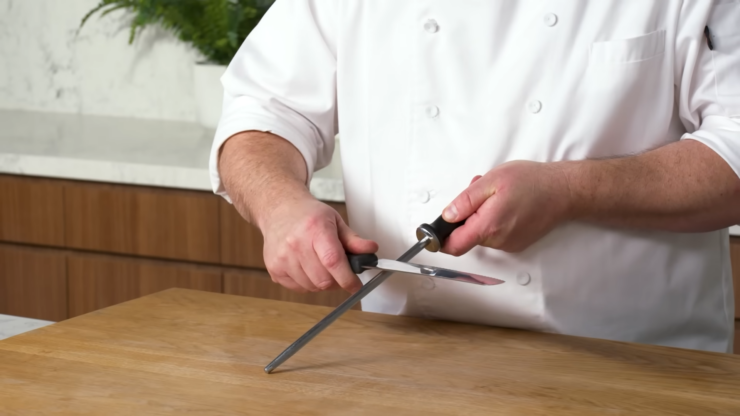
Maintaining your knife’s sharpness is key to its longevity and performance. Regular honing with a honing rod realigns the knife’s edge and should be done frequently. Sharpening should be done periodically, either at home with a whetstone or professionally.
Avoid cutting on hard surfaces like glass or stone, which can dull the blade. Store them properly in a knife block or on a magnetic strip to prevent damage to the edge.
Conclusion: Keeping Your Blades Razor-Sharp
Keeping your knives razor-sharp is essential for a safe and efficient kitchen experience. Regularly testing your knives with these simple methods will help you maintain their sharpness and ensure they are always ready for any task.
When it comes to transforming your kitchen, don’t overlook the importance of aesthetics—consider applying vibrant colors to your glass splashbacks. Remember, a sharp knife is a chef’s best friend, and taking the time to care for your knives will enhance your cooking and culinary skills.
Related Posts:
- How to Pack Pictures for Moving? Ensuring…
- How to Unlock Your Car if You Locked Yourself out -…
- How to Factory Reset Google Nest Mini - A Step-By-Step Guide
- Why Do My AirPods Cut out Randomly? - Troubleshooting Guide
- Normal Endometrial Thickness in Periods and…
- How to Fix Liquid Detected in Lightning Connector -…

